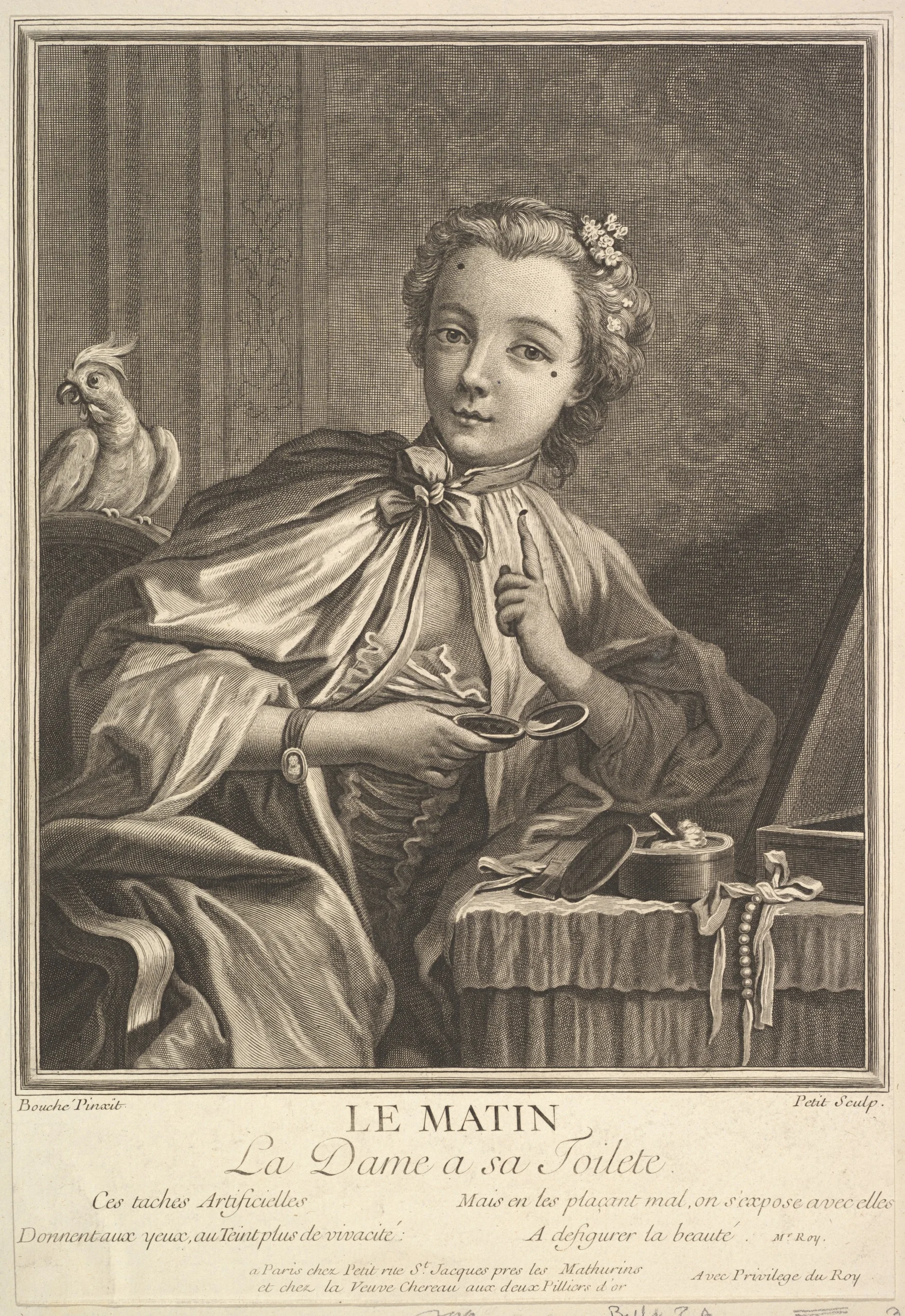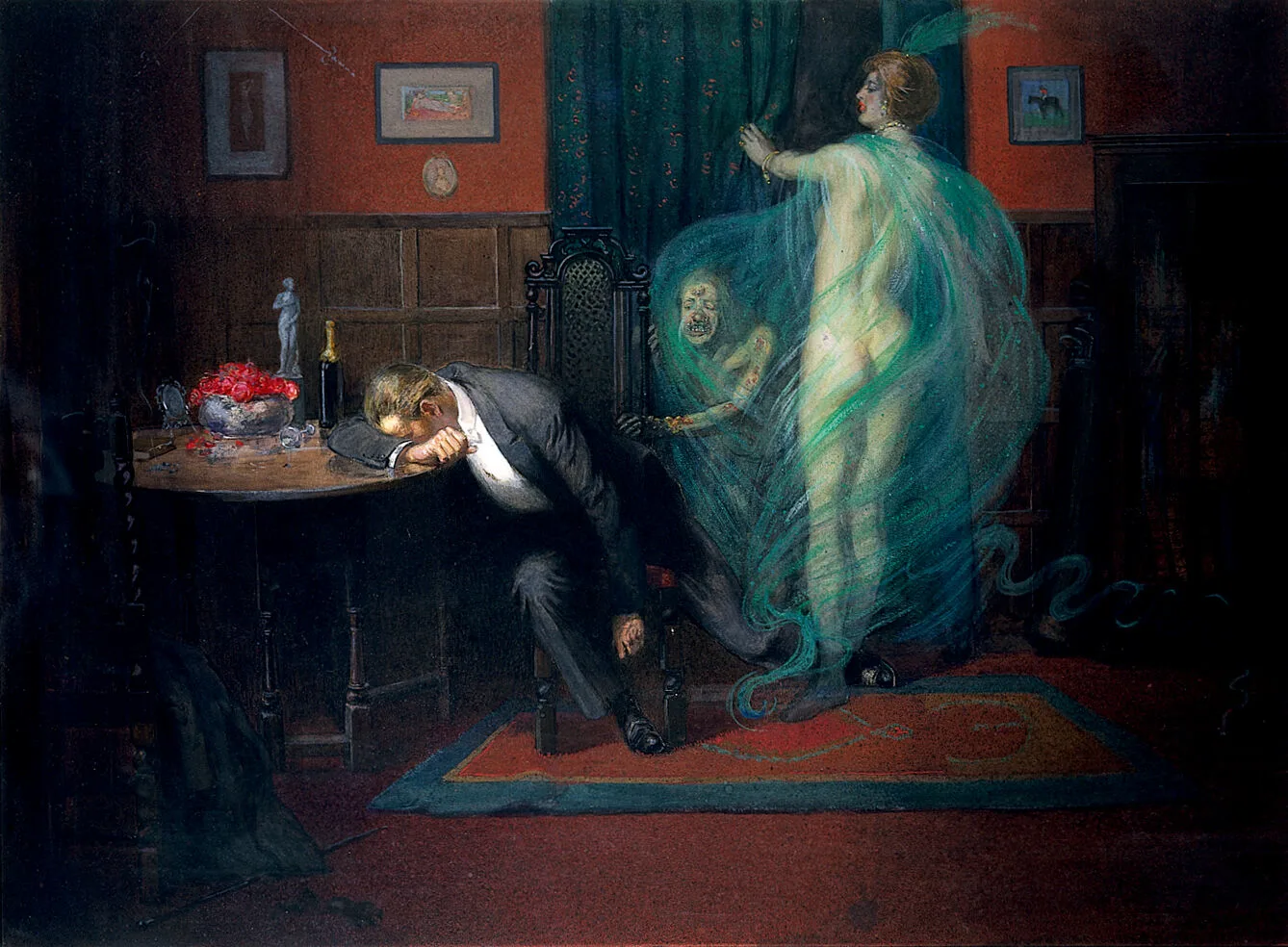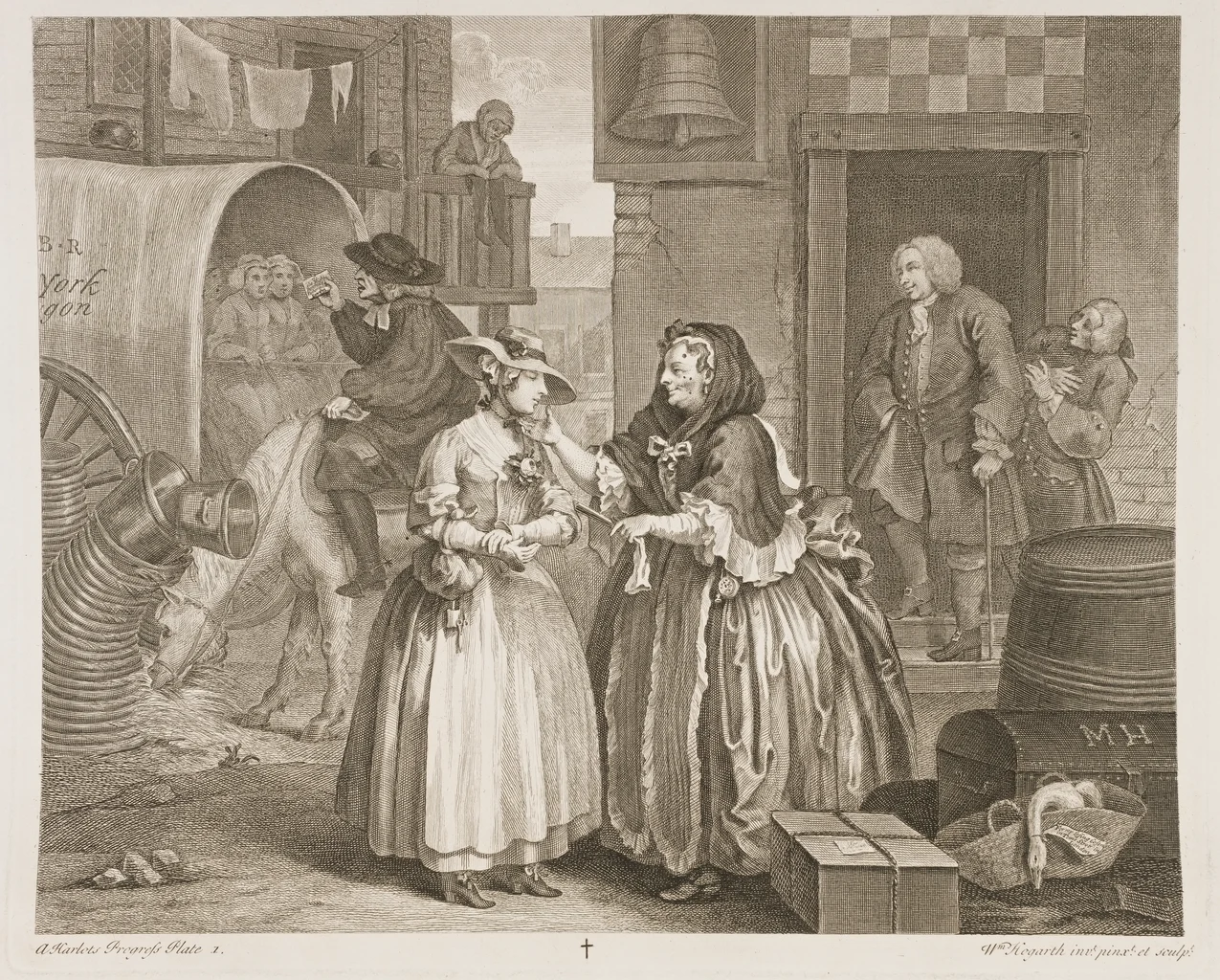
Beauty standards have undergone a significant transformation throughout history. One interesting trend that still fascinates us today is of beauty marks, or moles. Interestingly, the idea of accentuating or even artificially creating moles for cosmetic purposes has a long history spanning several centuries. Over time, beauty marks have had varied interpretations, ranging from being perceived as charming imperfections to being associated with witchcraft and “being loose”.
Ancient Origins of Beauty Marks
The history of beauty marks traces back to ancient civilizations. The Roman goddess Venus, celebrated for her exceptional beauty, was said to possess a mole, a small imperfection that only increased her charm. Additionally, during this era, moles were often connected to astrology. Ancient Romans even crafted artificial moles from leather to conceal scars and pimples. Hippocrates, among others, extensively discussed these imperfections, developing medical theories influenced by astrological beliefs.
One such belief by Hippocrates was that the position and appearance of moles on the body could reveal an individual’s character traits and destiny, as determined by the influence of celestial bodies and astrological signs. For example, a mole positioned near the heart indicated strong passions and courage, reflecting the influence of Mars, whereas a mole on the forehead was interpreted as a sign of wisdom, associated with the astrological influence of Jupiter. He wasn’t necessarily the first person to come up with a theory of the body concerning moles and what they meant in the universe.
Imperial China developed Mian Xiang, the art of face reading, roughly during the same period as Hippocrates. By the Warring States era (403-221 BCE), face reading had already become a significant topic of scholarly discussion and military strategy. Gui Gu Tze was an influential figure during China’s Warring States period. He believed that moles and facial features revealed essential insights into one’s character, destiny, and talents.
One example of Gui Gu Tze’s teachings was the belief that a mole near the eyebrow indicated strategic intelligence, leadership qualities, and an aptitude for military command, traits he emphasized while training students who later became prominent generals and political advisors.
Rise of the Mouche Trend

During the 1640s, fake moles or mouches as they were called, gained popularity. Mouches literally meaning “flies” in French was a small patch made of velvet, taffeta, silk or satin and were stuck on using a resin called “mastic.” An essential and required part of high society dress, mouches were worn by both sexes, but women seem to have indulged in the trend rather more than men. The most common color was black but you could also get them in red blue green or purple. This was done to amplify the ghostlike pale face of the women to amplify their beauty. If you were a commoner and still wanted to participate in this trend, then your patches were homemade and constructed of mouse-skin. Yes!
French cultural historian Daniel Roach found that even poorer workers who wanted to participate in these trends would give up on necessities like pots and pans for clothes, mirrors, and cosmetics. Aileen Ribeiro, in her book “Facing Beauty,” validates this by noting that the beauty patch trend was particularly affordable for women across all classes during the 17th and 18th centuries. However, Ribeiro highlights how one’s social status was clearly shown by the number and placement of these patches on the face.
ALSO READ: Europe Once Believed Ground-Up Mummies Could Heal the Sick
Moles and Witchcraft
Poor women who had unusual or prominent moles were viewed negatively, often feared as signs of witchcraft or demonic possession. These marks were called “witch’s teats” and were believed to be spots from which witches fed their demonic familiars. For example, during the infamous Salem Witch Trials of 1692, accused women were examined for suspicious moles or other bodily abnormalities as evidence of witchcraft. Those bearing such marks frequently faced persecution, public humiliation, torture, and even execution by hanging or burning at the stake. Even today, movies often portray witches with exaggerated moles and twisted noses.
So the difference between upper-class beauty patches and lower-class witch marks wasn’t clear, it mostly depended on who wore them and their social standing. Basically, having money made you fashionable, while being poor could get you burnt at the stake.
How Moles Became Symbols of Syphilis
Apart from that, wearing too many patches made you seem try-hard, while wearing too few made you seem outdated. Frenchman Henri Masson in 1719 said, “The use of patches is not unknown to the French ladies; but she that wears them must be young and handsome. In England, young, old, handsome, ugly, all are bepatch’d until Bed-rid. I’ve often counted 15 Patches, or more upon the swarthy wrinkled face of an old Hag threescore and 10, and upwards.”

During the 17th and 18th centuries, smallpox and syphilis were common diseases in Europe, particularly since penicillin, the antibiotic used to treat syphilis, hadn’t yet been discovered (it was introduced only in the 20th century). Both diseases caused heavy scarring on the face and body. If you were lucky and only had a mild case of these diseases, it could be covered up with these little beauty patches.
Syphilis, being a sexually transmitted infection, led artists and writers of this era to push the connections between beauty patches and ”being loose”. Notably, English artist William Hogarth (1697–1764) vividly illustrated this association in his famous series, “A Harlot’s Progress” (1732). Hogarth depicted the central character, Moll Hackabout, accumulating beauty patches as she descended into prostitution and disease, visually linking patches to moral decline.

Writers also took part in these ideas through satirical works. For example, 18th-century English satirists often mocked women who wore excessive patches, implying their moral looseness. Literary references commonly implied that the more patches a woman displayed, the more sexually available or immoral she was perceived to be.
Symbolism of Patch Placement
The placement of mouches also carried subtle social messages. A patch near the lips signaled flirtatiousness, while one at the corner of the eye indicated passion. A heart-shaped mouche on the left cheek marked an engaged woman; after marriage, she moved it to the right cheek. A forehead patch symbolized dignity or pride, while a mole on the nose suggested playfulness. Even politically, patches mattered; British women wore patches on the right side to support Tories and left for Whigs (Tories and Whigs were two major political factions in England, particularly during the 17th to 19th centuries.)
The popularity of mouches began to fade toward the late 18th century, particularly in the 1780s. This decline occurred primarily due to shifting beauty standards favoring natural appearances over heavily adorned and artificially enhanced looks. Furthermore, the influential rise of Enlightenment philosophies promoted authenticity and natural beauty, making heavily powdered faces and artificial adornments appear outdated and superficial. Ultimately, as societal ideals moved towards simpler, less exaggerated aesthetics, mouches transitioned from symbols of status and allure to emblems of vanity and questionable morality, causing their popularity to fade away by the early 19th century.
The history of beauty marks continues into modern times, evolving with celebrities whose iconic moles moved or became more prominent alongside their rising fame such as Elizabeth Taylor, Clara Bow, and Marilyn Monroe. Today, some celebrities, like Sarah Jessica Parker and Madonna, have chosen to remove their natural moles, while others, like Marina and the Diamonds, draw them on intentionally, highlighting one’s beauty and identity.

